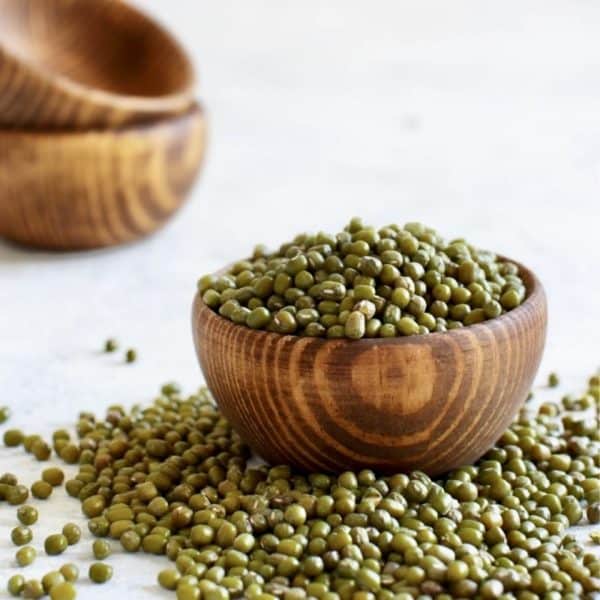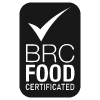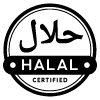Mung Beans is a plant native to India, but it is also cultivated in other parts of the world such as Iran. Gradually, its cultivation spread in China and other regions of Southeast Asia. The taste of mung bean is slightly sweet and it is sold fresh, sprouted and dried.
Mung beans are one of the most widely used legumes and are used in many dishes such as soups and salads. mung beans is rich in nutrients and experts believe that it can help cure many diseases.
Mung bean is an annual herbaceous plant with straight roots and upright, slender, hairy branched stems that are light green in color. In mung bean, the inflorescence is cluster-shaped and the flowers are lemon-yellow in color. The fruit of mung bean is brown in color and it is narrow and long in appearance and has small spherical seeds in gray, green or brown color. Mung beans are rich in antioxidants, vitamin B1, vitamin B2, vitamin B3, vitamin B5, vitamin B6, folate, manganese, magnesium, iron, potassium, copper, zinc, selenium, fiber, protein and essential amino acids such as phenylalanine. It is leucine, iso-lysine, valine, lysine and arginine, and therefore mung bean has many properties.
They use mung beans to prepare dishes such as mung bean soup, mung bean soup, mung bean soup, and mung bean salad. Mung bean is one of the best vegetable sources of protein and rich in essential amino acids. Mung bean sprouts have more medicinal and useful properties than normal mung bean seeds.
Why should you choose Hosna Export Company as your supplier?
We are the exporter of Mung Beans.
We follow strict quality control (QC) measures for all our product processes.
You can send your request, we can prepare it for you.
Contact us for more information.
Properties of mung beans in traditional medicine
The character of mung bean with skin is cold and dry, but the character of peeled mung bean is moderate. Spices such as mustard, ginger, sumac, cinnamon, cumin, pepper, kafshe seeds, cloves and sweet almond oil are good for mash. Among the properties of mung bean in traditional medicine, we can mention things such as strengthening eyesight and nerves, relieving constipation (peeled mung bean), treating diarrhea (mung bean with skin), relieving the heat of bile and blood, producing blood and relieving cough.

Properties
- Has antioxidant activity
- Prevent heatstroke
- Maintaining healthy cholesterol levels and heart health
- Strengthening the digestive system and intestinal health
- Help control diabetes
- Has anti-inflammatory properties
- Helps treat constipation and diarrhea.
- Helping the stomach and digestive system
- Prevention and treatment of gout
- It reduces the risk of bone fractures and osteoporosis.
- The brain strengthens memory and improves concentration.
- Strengthen the immune system
- It reduces the risk of cancer and tumor.
- It helps liver enzymes and reduces the risk of jaundice.
- They are useful for treating premenstrual syndrome and its symptoms such as depression, headache, fatigue and muscle pain.
- It helps to detoxify and cleanse the body.
- Strengthen and increase hair growth
- Facial skin rejuvenation
Disadvantages of mung beans
Mung beans, along with all the properties it has, can also cause harm if too much zinc is consumed.
Excessive mung bean consumption can lead to:
- Increased phlegm
- gout
- uric acid
- Weak power
- Indigestion
- flatulence
- Dental problems
- Lack of absorption of calcium.
- People who suffer from intestinal ulcers should not use mung bean or use it less.
Nutritional value table of raw mung beans
| The main constituent | Amount per 100 grams |
| energy (calories) | 341 kilocalories |
| carbohydrate | 58.99 grams |
| Protein | 25.21 grams |
| fat | 1.64 grams |
| Water | 10.80 grams |
| fiber | 18.30 grams |
| sugar Loaf | 0.00 grams |
| Cholesterol | 0.00 mg |
| Raw mung bean vitamins | |
| The name of the vitamin | Amount per 100 grams |
| Vitamin A | 1.00 micrograms |
| Vitamin D | 0.00 µg |
| Vitamin E | 0.00 mg |
| Vitamin K | 0.00 µg |
| Vitamin C | 0.00 mg |
| Thiamine (B1) | 0.27 mg |
| Riboflavin (B2) | 0.25 mg |
| Niacin (B3) | 1.45 mg |
| Choline (B4) | 0.00 mg |
| pantothenic acid (B5) | 0.91 mg |
| Vitamin B6 | 0.28 mg |
| Folate (B9) | 216.00 micrograms |
| Vitamin B12 | 0.00 mg |
| Raw mung bean minerals | |
| The name of the mineral | Amount per 100 grams |
| Calcium | 138.00 mg |
| iron | 7.57 mg |
| magnesium | 267.00 mg |
| phosphorus | 379.00 mg |
| potassium | 983.00 mg |
| sodium | 38.00 mg |
| Roy | 3.35 mg |
| copper | 0.98 mg |
| Manganese | 1.53 mg |
| selenium | 8.20 micrograms |









Your blog is a constant source of inspiration for me. Your passion for your subject matter is palpable, and it’s clear that you pour your heart and soul into every post. Keep up the incredible work!
Nice post. I learn something totally new and challenging on websites
Very well presented. Every quote was awesome and thanks for sharing the content. Keep sharing and keep motivating others.
I do not even understand how I ended up here, but I assumed this publish used to be great
Hi Neat post Theres an issue together with your web site in internet explorer may test this IE still is the marketplace chief and a good component of people will pass over your fantastic writing due to this problem
Way cool, some valid points! I appreciate you making this article available, the rest of the site is also high quality. Have a fun.
will compile quality links so you can refer to the information you need. let’s go!
Pretty! This has been a really wonderful post. Many thanks for providing these details.
Very well presented. Every quote was awesome and thanks for sharing the content. Keep sharing and keep motivating others.
Thanks for this very informative article! For anyone looking for a detailed step-by-step guide on creating a Binance account, here’s a helpful resource I found: How to Register an Account on Binance. Hope it’s useful!
Your article helped me a lot, is there any more related content? Thanks!
Thanks for sharing. I read many of your blog posts, cool, your blog is very good.
Thank you for your sharing. I am worried that I lack creative ideas. It is your article that makes me full of hope. Thank you. But, I have a question, can you help me?
Your point of view caught my eye and was very interesting. Thanks. I have a question for you.
Good article. I appreciate learning totally fresh and challenging things on websites